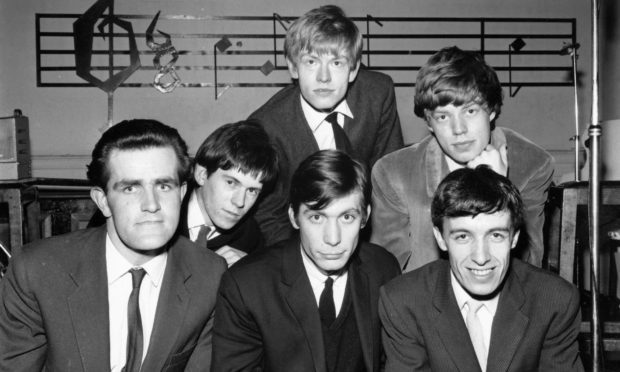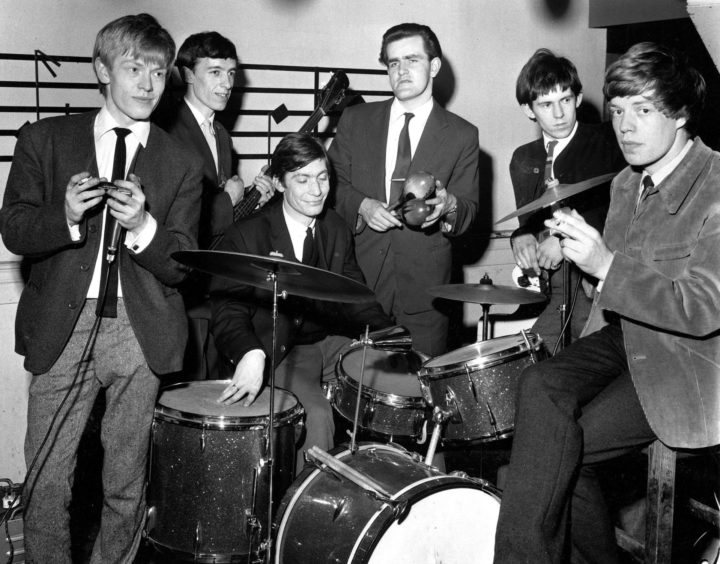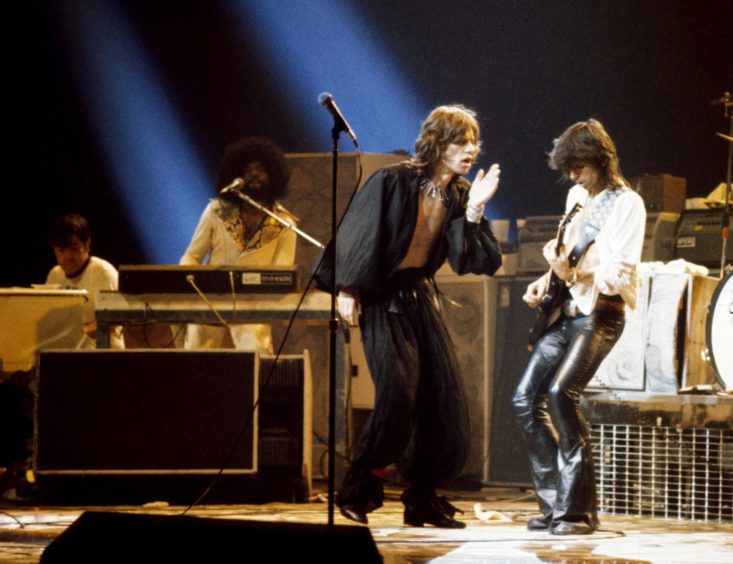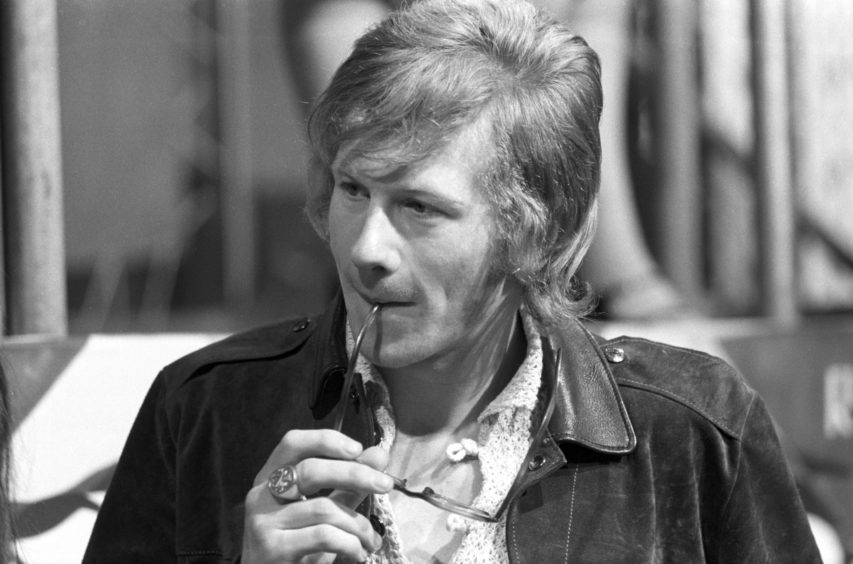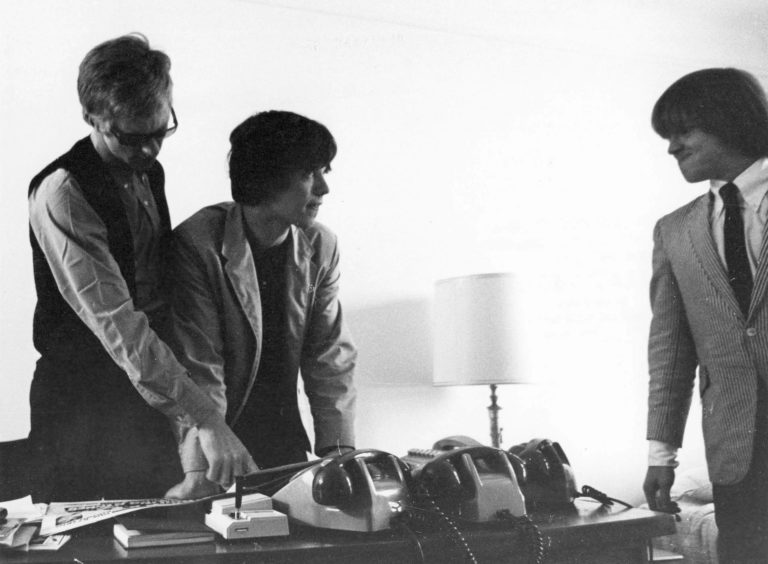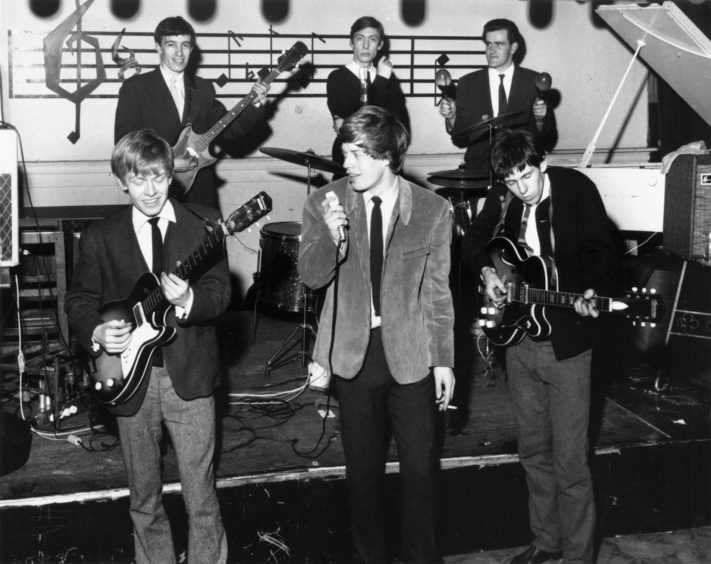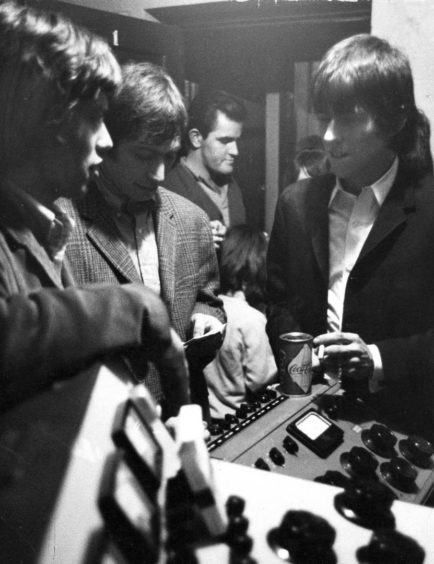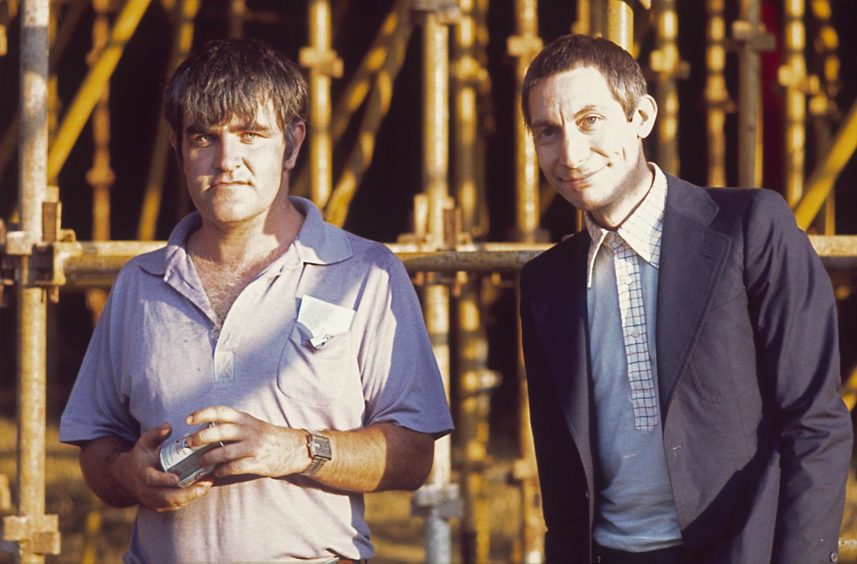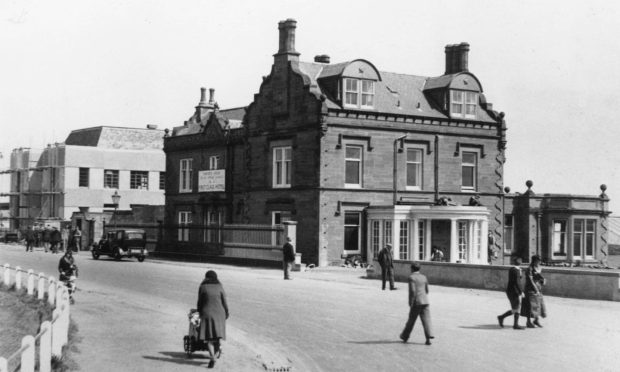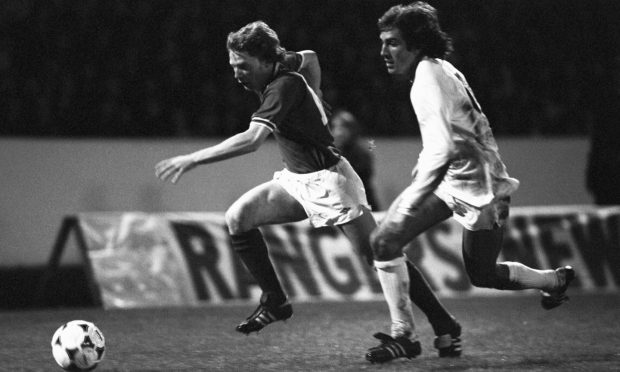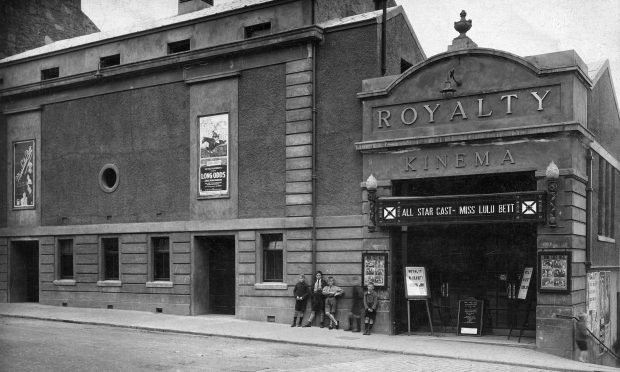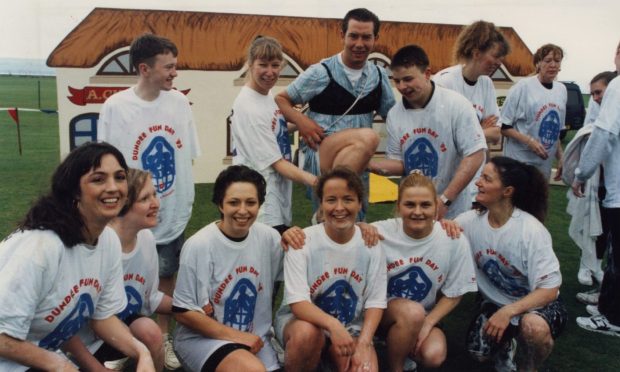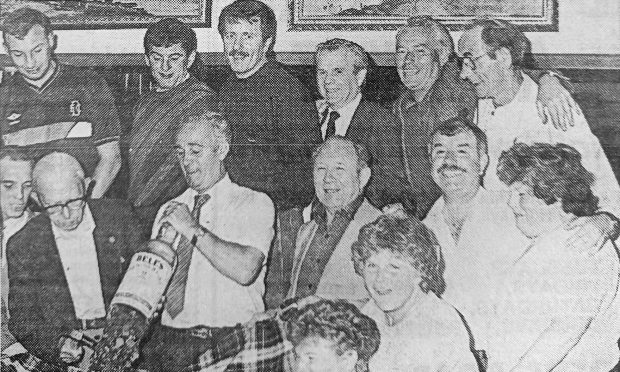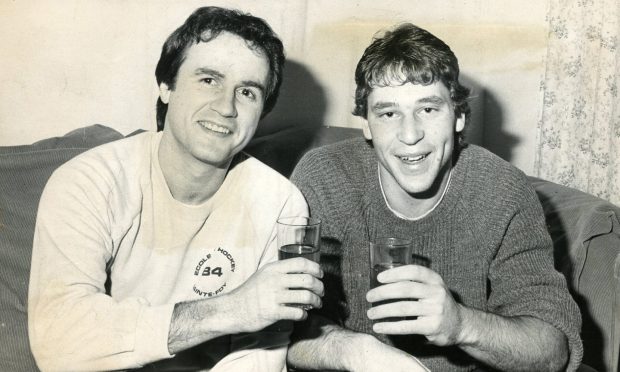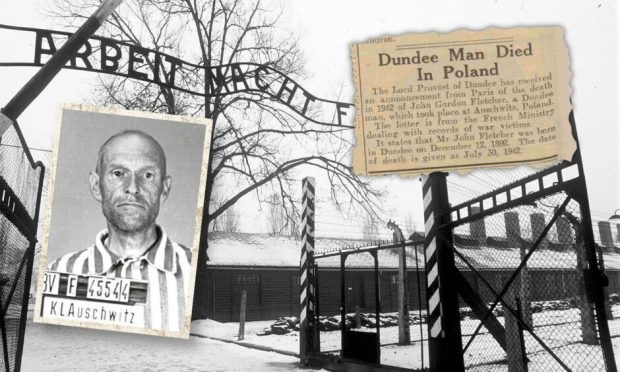Ian Stewart was rarely in the public eye. As this weekend marks 35 years since the Fife musician died, Gayle Ritchie discovers he was revered as the “soul” of the Stones.
He was a founding member of the Rolling Stones but Ian Stewart’s name remains in the shadows.
Born in Pittenweem on July 18 1938, Stewart was one of the best boogie pianists of his day, credited by Mick Jagger for making hits such as Honky Tonk Women “swing”.
However, he was fired from the band’s stage line-up just before fame struck.
Age and looks, it seemed, were not on the Fifer’s side.
Five years older than his fellow, comparatively slender, band members, Stewart had a hulking, stocky build and a jutting square jaw.
Stu, as he was known, didn’t fit the rock image – he didn’t look like a Rolling Stone.
That was the view of the band’s manager Andrew Loog Oldham, who argued that six members was too many and that Stewart didn’t fit the bill.
Oldham booted Stewart out of the stage line-up in May 1963, instead offering him a more subordinate, behind-the-scenes role.
Stewart accepted his demotion, playing piano on recordings only and driving the band around as their tour manager.
The Stones were on the cusp of huge, international success with a major recording deal, and soon they would be hailed as the greatest rock ‘n’ roll band in the world.
Out of the spotlight, Stewart became regarded as “the sixth Stone” – a man who tuned guitars, played piano and drove the young lads to gigs.
His piano playing can be heard on classics such as “Honky Tonk Women”, “Brown Sugar”, “Let It Bleed”, “Dead Flowers” and “It’s Only Rock’n’Roll (But I Like It)”.
His presence is in every Stones album bar one from 1964 to 1986.
He died from a heart attack, aged 47, on December 12 1985 before he was able to hear the final album he worked on, Dirty Work.
“The Rolling Stones is his band”
When the Stones were inducted into the Rock and Roll Hall of Fame in 1989, they asked Stewart’s name to be included.
“Stu was the one guy we tried to please,” said Jagger.
“We wanted his approval when we were writing or rehearsing a song.”
In his 2010 autobiography Life, Keith Richards said: “Ian Stewart. I’m still working for him. To me The Rolling Stones is his band. Without his knowledge and organisation… we’d be nowhere.”
Stewart drew his inspiration from the American boogie-woogie masters of the 1930s and 40s, especially Albert Ammons.
“He blew my head off when he started to play,” said Richards. “I never heard a white piano player like that before.”
In December 2017, Jagger, Richards, Ronnie Wood and Charlie Watts sent video messages praising Stewart to an awards ceremony in Glasgow where he was posthumously recognised.
His wife Cynthia and son Giles collected a special “hall of fame” honour on his behalf at the annual Scottish Music Awards fundraising for music therapy charity Nordoff Robbins Scotland.
Jagger said: “The thing about him was that I don’t think the Rolling Stones would ever have got going if it hadn’t been for him. He was a great player. He was a great piano player. He was a great guy that got us all together.”
Jagger said Stewart always talked about how wonderful Scotland was – particularly east Scotland.
“One time I went up to see where he was born and it was the most beautiful places. I always hold that in my memory and I hold him very dearly in my memory.”
Richards added: “The Rolling Stones are only here because of Ian Stewart. Without him the Rolling Stones would have never existed.”
Brilliant reputation
Dundee-born DJ and broadcaster Jim Gellatly said Stewart had a brilliant reputation as a pianist, helping shape many Stones classic and also featuring on pivotal recordings from Led Zeppelin.
“His face may not have fitted what manager Andrew Loog Oldham was after, but it’s testament to the guy that he was pretty much part of the band set-up until his untimely death,” he said.
“A lesser man probably would have just walked away.”
Jim said it was Stewart’s idea to get drummer Charlie Watts in the band.
“Watts actually said he was a terrible road manager but a fantastic piano player!
“By all accounts he was more interested in finding a decent golf course than making sure the band went to the right place!”
Jim remembers the kind comments made by Stewart’s band mates at the 2017 Scottish Music Awards for Nordoff Robbins.
“You could tell how much love the band had for him,” he said.
Natural musician
A musical prodigy, Stewart bashed out jazz and blues tunes on the piano from the age of six.
He was working as a shipping clerk in a chemical company in London when he became the first to respond to the late Brian Jones’ Jazz News advert in May 1962, seeking musicians to form a blues band in London.
A few days later, they were joined by singer Jagger and guitarist Richards.
The Rolling Stones are only here because of Ian Stewart. Without him the Rolling Stones would have never existed.”
Mick Jagger
With Dick Taylor and Mick Avory on bass and drums, they called themselves The Rollin’ Stones and made their debut appearance at London’s Marquee Club on July 12 1962.
Taylor and Avory were replaced by bassist Bill Wyman and drummer Charlie Watts the following year.
Meanwhile, Stewart took on additional responsibilities, handling bookings and transporting the group and their equipment in a van he purchased.
In April, the band signed with manager Oldham, who was just 19 years old.
“To us he was never fired”
Oldham was said to be “savvy and slightly cut-throat beyond his years”, having already served as The Beatles’ publicist.
He saw in the Stones both talent and a certain star quality… with Stewart as the exception.
Just as Oldham was poised to take the band to Decca and launch their recording career, he ordered Stewart to leave the stage band and serve instead as their road manager and recording pianist.
“I’d probably have said, ‘Well, f*** you’, but he said ‘OK, I’ll just drive you around,’” said Richards in his autobiography.
“That takes a big heart, but Stu had one of the largest hearts around.
“He was always on the records; he was only interested in the music.
“To us he was never fired. And he understood it totally. ‘Don’t look the same as you, do I?’ He had the largest heart in the world, man.
“He was instrumental in putting us together and he wasn’t about to let us drop because he was put in the background.”
Stewart ferried the band about and played on every Stones album from 1964 to 1986, except for Beggars Banquet.
He was a valuable and honest sounding board for the band. They knew if Ian approved a song, it was a good one.
“He really helped this band swing, on numbers like ‘Honky Tonk Women’ and loads of others,” said Jagger.
Stewart rejected the rock world of excess, avoiding drugs and drinking only in moderation.
His passions were golf, scuba diving, British history and old steam trains.
He worried after the Stones and preferred hotels with golf courses close at hand.
Richards recalled: “We’d be playing in some town where there’s all these chicks… but Stu would have booked us into some hotel about ten miles out of town.
“You’d wake up in the morning and there’s the links. We’re bored to death looking for some action and Stu’s playing Gleneagles.”
Although he never enjoyed the international celebrity afforded the Rolling Stones, Stewart was not unhappy with his role as a behind-the-scenes man.
“I never heard him complain once,” Wyman said.
“He was able to stand back and laugh at us being idiots.”
Wyman remembered sitting backstage at New York’s Madison Square Garden during the Stones’ 1975 tour while the upper crust of society fawned over the band.
Suddenly, Stewart walked into the dressing room, turned to the Stones and said: “All right, my little shower of s****, you’re on.”
Music man
Over the years, Stewart played on recordings with Muddy Waters, The Yardbirds, George Thorogood and, most famously, Led Zeppelin on “Rock and Roll” and “Boogie with Stu”.
- For the latest Rolling Stones news, see rollingstones.com
